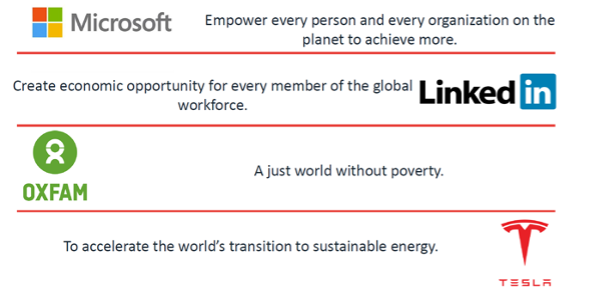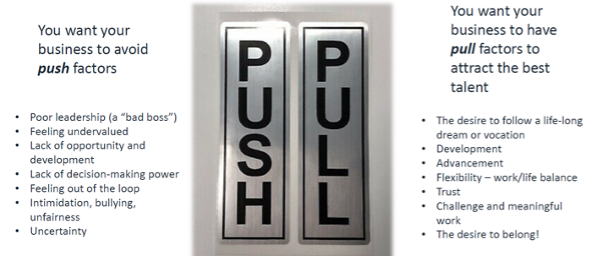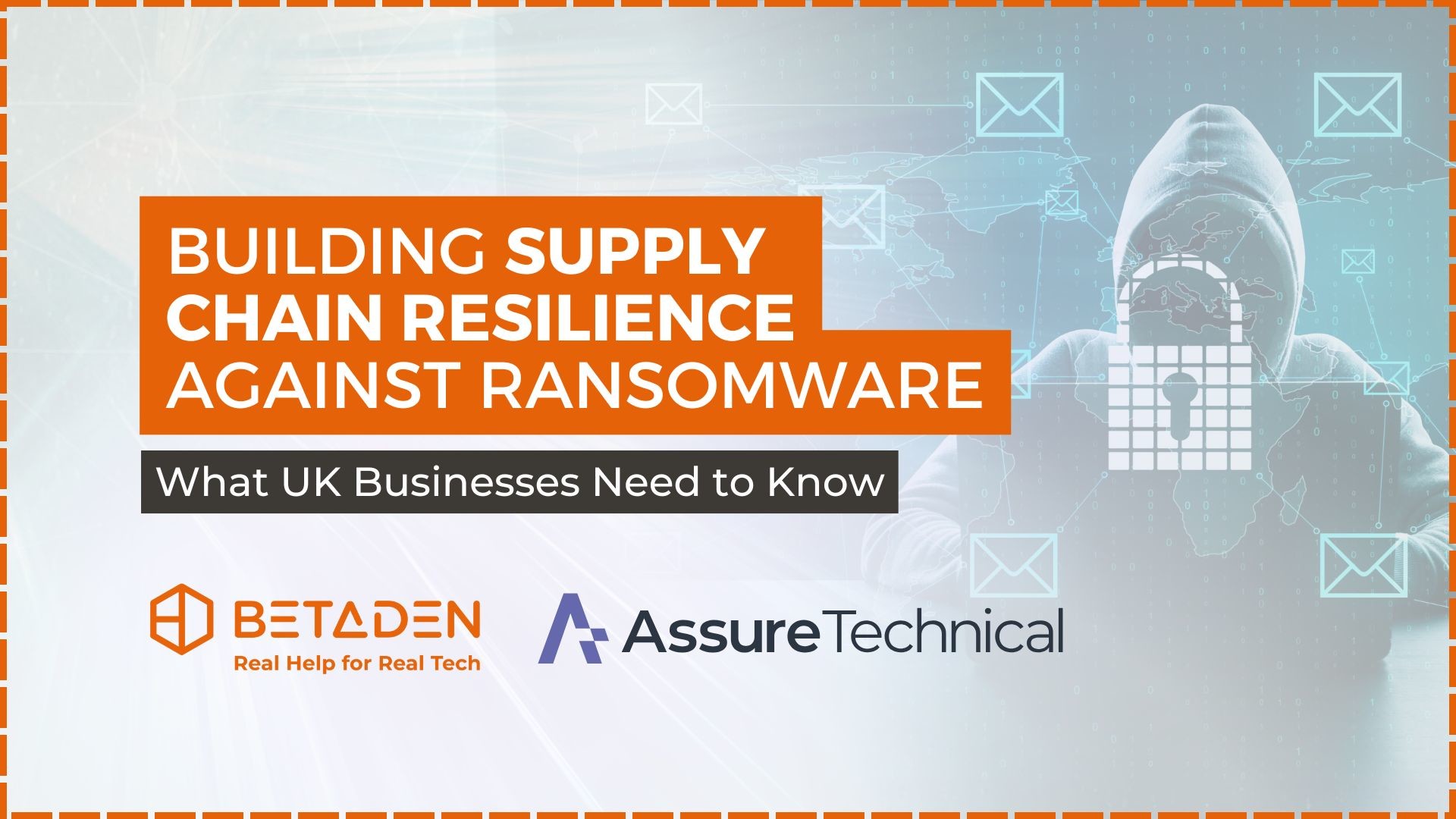In this competitive hiring market, building and maintaining a successful cybersecurity or technology team requires a strategic approach that goes beyond just filling positions.
Team building involves a deep understanding of your company’s core values, a strong employer brand, and a hiring process that is both efficient and inclusive. We at InfoSec People have identified key strategies that will help your organisation attract and retain the best people in these highly competitive areas, even when competing with the big names for talent.
Employer Branding: Start with Your "Why"
The foundation of any successful team expansion begins with a strong employer brand. Your employer brand is different to your sales brand, although they do interlink;

To attract and retain top talent, it's essential to start with your company's "why." This concept, popularised by Simon Sinek, emphasises that organisations that lead with their purpose - beyond just profits - tend to build stronger, more loyal teams. As a cyber or tech start-up, having a clear and compelling "why" can create a sense of belonging among employees. When your team members believe in your company's mission and values, they are more likely to stay engaged and committed to your goals. Since the pandemic, more and more people are leaving the big corps to feel like they are a bigger part of something upcoming and exciting.
To further strengthen this sense of belonging, involve your team in creating your company values. These values should not just be words on a wall but guiding principles that shape your company culture. Remember, your company culture is the worst behaviour that you tolerate, so it’s crucial to actively uphold these values. By fostering an environment where everyone is aligned with the company’s purpose and values, you can build a team that is both motivated and loyal.
Crafting an Appealing Mission and Vision
An effective mission and vision statement can serve as a beacon for both current and prospective employees. Your mission statement should define what your organisation does and include tangible goals that your team strives to accomplish. It should inspire your employees by giving them a clear understanding of the impact of their work. On the other hand, your vision statement should clarify the long-term aspirations of your organisation and define the direction in which it is heading.
Some examples of vision statements; you will notice that none of them explain what the company do, but why they do it.

In cybersecurity and technology, where innovation and adaptability are key, a well-articulated vision can attract top talent who are not just looking for a job but a career with purpose. By clearly communicating your mission and vision, you can set the stage for a work environment where employees are driven by a shared sense of purpose.
Leveraging Your Employer Brand to Attract Talent
Once you’ve put steps in to build your employer brand, it becomes powerful tool for attracting top talent. By sharing your expertise and becoming a thought leader in the industry, you can position your company as an employer of choice. Participate in thought leadership pieces, podcasts, high-profile industry events, and local community events to build your reputation. A strong presence on platforms like LinkedIn can also help you reach passive candidates who might not be actively seeking a new job but could be intrigued by your company’s culture and opportunities.
Publicly celebrating your team’s successes is another way to enhance your employer brand. Your employees are your best ambassadors, and their stories can resonate with potential candidates. Utilise storytelling and case studies to showcase the achievements of your team and highlight the positive aspects of working at your company. By becoming the company that people say, "Ah, I've heard they're great to work for," you can attract top talent who are eager to be part of your success story.
Retention: Understanding Push and Pull Factors
Once you’ve built a strong team, retaining that talent is crucial. Retention often hinges on understanding the push and pull factors that influence employee decisions. Push factors are those that drive employees away from their current job, such as poor management, lack of career progression, or a toxic work environment. Pull factors, on the other hand, are the attractions that draw employees towards a new opportunity, such as a better work-life balance, professional growth, or a more fulfilling role.
It's important to note that most employees don’t leave jobs solely for financial reasons. More often, they leave because of a disconnect between their values and those of the organisation, or because they feel undervalued or unchallenged. By creating a work environment where employees feel valued, supported, and aligned with the company’s mission, you can reduce the risk of losing top talent.

The Hiring Process: Efficiency is Key
In a competitive hiring market, speed and efficiency are essential. Passive candidates, who make up an estimated 70% of the workforce, are often not actively looking for new opportunities, but they can be enticed by the right offer. To access this pool of talent, your hiring process must be swift and streamlined.
A short "time-to-hire" process, from role release to candidate offer, helps protect your brand integrity, retain candidate engagement, and secure the best talent. Pre-planning your interview process is critical. Agree on key dates with hiring managers, set a preferred start date, and work backward from there to ensure a smooth and timely process. Make your interview process inclusive, fast, and organised to avoid common recruitment pitfalls.
Of course, you could also use a specialist recruitment agency to attract these candidates!
Avoiding Common Recruitment Pitfalls
There are several common pitfalls in the recruitment process that can deter top candidates:
· Long and overly complex job specs: Simplify and clarify job descriptions to attract a broader range of candidates.
· One-sided interviews: Make the interview a two-way conversation, allowing candidates to ask questions and assess the company.
· Lack of feedback: Provide timely and constructive feedback to candidates throughout the process.
· Lengthy interview processes: Streamline interviews to avoid candidate fatigue.
Not discussing monetary requirements early on: Be transparent about salary expectations to avoid surprises at the offer stage.
· Not valuing candidates' time: Respect candidates’ time by being prompt and organised.
By addressing these pitfalls and adopting a strategic approach to team expansions, you can build a cybersecurity or technology team that is not only skilled and capable but also deeply committed to your company’s success.
Article by Infosec People
18 Nov 2025 | Entrepreneurship Hub
Strengthening supply chain resilience against ransomware has become a critical priority for UK...


22 Sep 2025 | Entrepreneurship Hub
Choosing the right technology stack is one of the most important early decisions a UK startup...


18 Aug 2025 | Entrepreneurship Hub
In this article, we will be covering some important steps you can take as a business owner to make...








